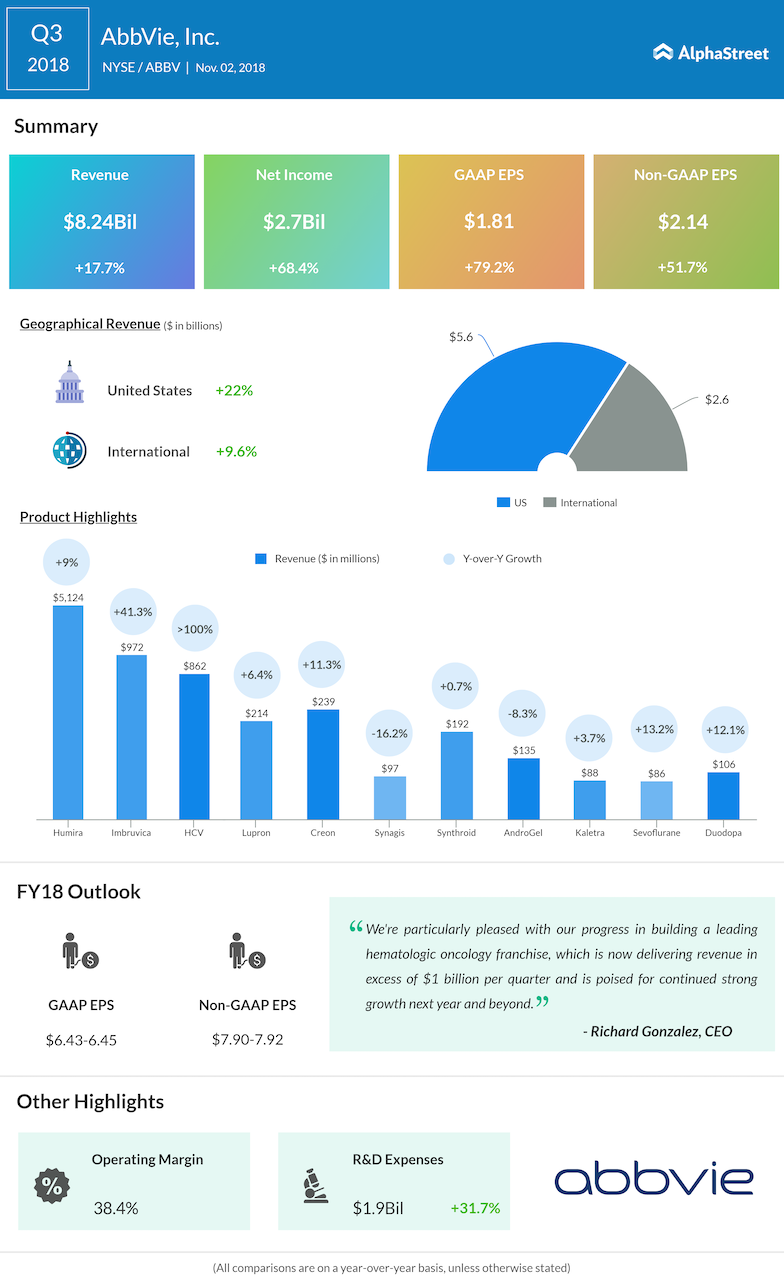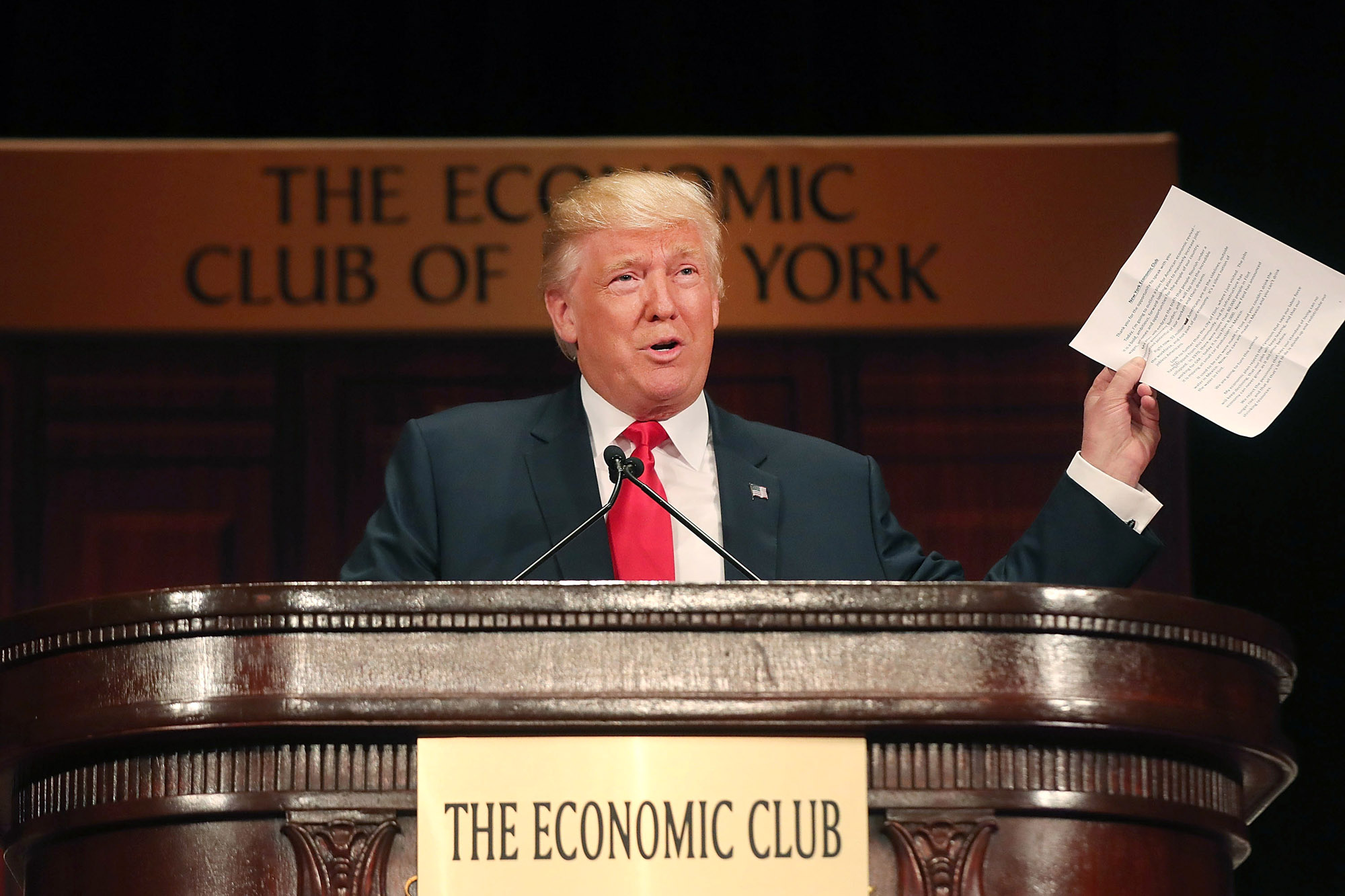The Transatlantic AI Divide: Trump Administration's Stance On European Regulations

Table of Contents
The importance of regulating AI globally cannot be overstated. AI systems are rapidly permeating every facet of our lives, from healthcare and finance to transportation and law enforcement. The potential for both immense benefit and significant harm necessitates careful consideration of ethical implications, data privacy, and algorithmic accountability. While the EU has embraced a proactive approach, prioritizing data protection and ethical considerations, the US, particularly under the Trump administration, has favored a more laissez-faire approach, prioritizing technological innovation above all else. This fundamental difference forms the core of the Transatlantic AI Divide.
The EU's Proactive Approach to AI Regulation
The European Union has taken a leading role in establishing a comprehensive regulatory framework for AI. This proactive approach is largely driven by a strong emphasis on data privacy and ethical considerations.
GDPR's Influence on AI Data Handling
The General Data Protection Regulation (GDPR), enacted in 2018, has profoundly impacted AI development and deployment in Europe, even indirectly. The GDPR's stringent requirements regarding data privacy, consent, and data breaches have forced AI developers to prioritize responsible data handling practices.
- Data privacy concerns: The GDPR mandates that personal data be processed lawfully, fairly, and transparently. This has implications for AI systems that rely on vast datasets, requiring careful consideration of data minimization and purpose limitation.
- Consent requirements: AI systems often require user data for training and operation. The GDPR's strict consent requirements have necessitated greater transparency and user control over data usage.
- Data breaches: The GDPR imposes significant penalties for data breaches, incentivizing AI developers to implement robust security measures to protect sensitive data used in AI systems. This contributes to a higher level of security and trust around the technology in the EU.
- Implications for AI systems: The GDPR indirectly shapes AI development by promoting data minimization, encouraging transparency, and demanding robust security protocols. This creates a higher bar for AI systems in the EU, impacting both deployment speed and cost.
Specific EU AI Initiatives
Beyond the GDPR, the EU is developing specific legislation aimed directly at regulating AI. The proposed AI Act, for instance, is a landmark piece of legislation seeking to classify and regulate AI systems based on their risk levels.
- Key provisions of the AI Act: The AI Act proposes a risk-based approach, categorizing AI systems into unacceptable risk, high-risk, limited risk, and minimal risk categories. Unacceptable risk AI systems, like those used for social scoring, would be banned entirely.
- Risk-based classification of AI systems: This classification system allows for proportionate regulation, focusing on mitigating the risks posed by high-risk AI systems while fostering innovation in lower-risk areas.
- Potential sanctions: The AI Act proposes significant penalties for non-compliance, further incentivizing companies to adhere to the regulations. This creates a strong regulatory environment, helping to shape ethical AI development.
The Trump Administration's Deregulatory Stance
In stark contrast to the EU's proactive approach, the Trump administration favored a significantly lighter regulatory touch on AI. This approach prioritized technological innovation and economic growth, often at the expense of robust oversight.
Emphasis on Innovation over Regulation
The Trump administration consistently emphasized the importance of minimizing regulatory burdens on technological innovation. This philosophy clashed directly with the EU's emphasis on ethical considerations and data protection.
- Statements from Trump administration officials: Public statements from officials often highlighted the potential for AI to drive economic growth and competitiveness, emphasizing the need to avoid stifling innovation with excessive regulation.
- Policy documents promoting deregulation: Numerous policy documents and initiatives reflected this preference for a less regulated environment, promoting a "light-touch" approach.
- Examples of limited AI-specific regulation: Compared to the EU, the US lacked comprehensive, AI-specific legislation during the Trump administration, relying instead on existing sector-specific regulations.
Concerns about International Harmonization
The diverging regulatory landscapes between the US and EU raised significant concerns about international cooperation and data flows.
- Potential for trade disputes: Differing regulatory approaches could lead to trade disputes, particularly concerning data transfer and cross-border data flows.
- Challenges in data sharing between the US and EU: The GDPR's stringent data protection requirements posed challenges for data sharing between the US and EU, potentially hindering collaboration in AI research and development.
- Impact on multinational AI companies: Multinational AI companies faced the challenge of navigating vastly different regulatory environments, adding complexity and cost to their operations.
The Widening Transatlantic AI Divide
The differing approaches to AI regulation between the EU and the US have created a significant Transatlantic AI Divide, with far-reaching implications.
Different Approaches to Ethical Considerations
The fundamental difference lies in the ethical frameworks underpinning AI regulation.
- Emphasis on human rights and fairness in the EU: The EU’s approach prioritizes human rights, fairness, and accountability in AI systems, embedding ethical considerations into the regulatory framework.
- A more market-driven approach in the US: The US approach, particularly under the Trump administration, leaned towards a more market-driven approach, relying on competition and market forces to address ethical concerns.
Long-Term Implications for Global AI Leadership
The diverging regulatory paths could significantly shape the future of AI development and global leadership.
- Impact on innovation: While the US's less regulated approach might foster faster innovation in certain areas, the EU's emphasis on ethics and data protection could lead to more trustworthy and responsible AI systems in the long run.
- Competition: The differing regulatory landscapes will impact the competitive dynamics between US and EU-based AI companies, potentially influencing global market share.
- Development of global AI standards: The lack of harmonization between the US and EU approaches could hinder the development of global AI standards, creating fragmentation and increasing regulatory complexity for multinational companies.
Bridging the Transatlantic AI Divide – A Call for Cooperation
The differences in the EU and US approaches to AI regulation, exacerbated by the Trump administration's deregulatory stance, have created a significant Transatlantic AI Divide. This divergence impacts international collaboration, data flows, and the development of global AI standards. To avoid fragmentation and promote responsible AI development globally, international cooperation and harmonization are crucial. Bridging this divide requires open dialogue, shared understanding of ethical considerations, and a commitment to developing common regulatory principles. We urge readers to engage in further discussions and research on this critical topic. Explore resources such as the European Commission's website and publications from leading AI research institutions to delve deeper into the complexities of AI regulation and policy. Understanding the nuances of the Transatlantic AI Divide is essential for shaping the future of this transformative technology responsibly.

Featured Posts
-
 Karen Reads Trials A Year By Year Account
Apr 26, 2025
Karen Reads Trials A Year By Year Account
Apr 26, 2025 -
 Abb Vies Q Quarter Earnings Higher Profits Driven By New Drug Performance
Apr 26, 2025
Abb Vies Q Quarter Earnings Higher Profits Driven By New Drug Performance
Apr 26, 2025 -
 Chronology Of Karen Reads Legal Battles
Apr 26, 2025
Chronology Of Karen Reads Legal Battles
Apr 26, 2025 -
 Why Middle Managers Are Essential For Company Success And Employee Growth
Apr 26, 2025
Why Middle Managers Are Essential For Company Success And Employee Growth
Apr 26, 2025 -
 Trumps Economic Policies Increased Difficulty For The Next Fed Chair
Apr 26, 2025
Trumps Economic Policies Increased Difficulty For The Next Fed Chair
Apr 26, 2025
